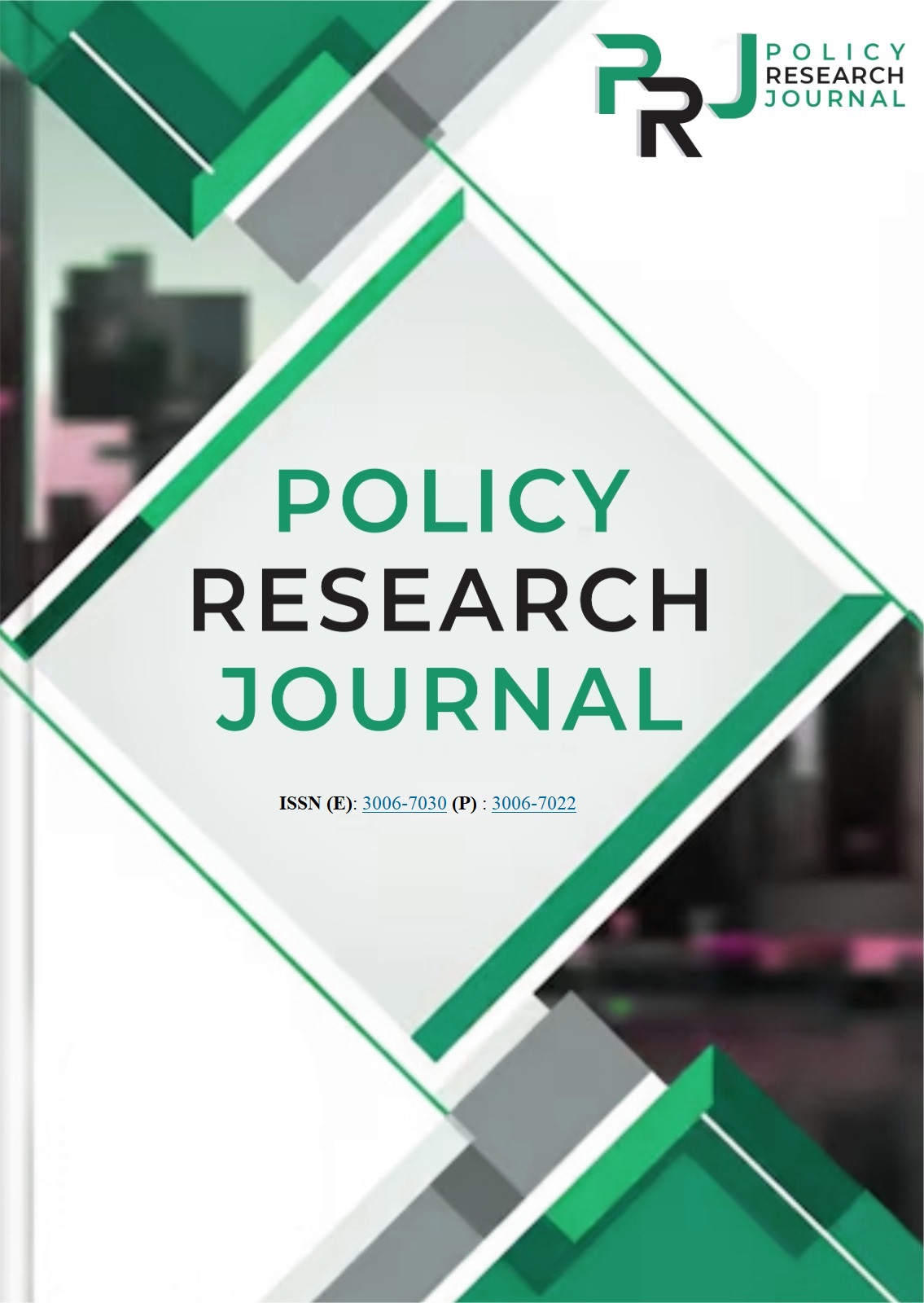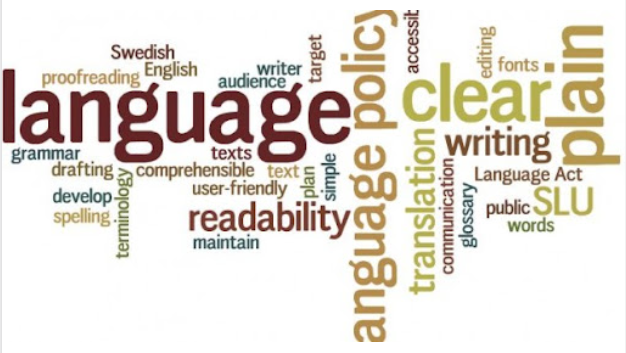DEEP-FAKE DETECTION USING HYBRID NEURAL NETWORK ARCHITECTURES
Keywords:
deepfake detection, hybrid neural networks, CNN, RNN, autoencoder, media forensics, deep learningAbstract
The emergence of deep-fake technologies has created new challenges for media veracity, political sincerity and public trust. With the development of generative adversarial network (GAN) and synthesis approaches, nowadays it is more and more challenging to distinguish fake from traditional methods. As synthesized content becomes increasingly realistic, the urgency of developing more advanced and robust detection systems has become urgent especially in areas like journalism, cybersecurity, and digital forensics In this study, new architecture for hybrid neural network models to detect deep fakes more effectively by combining CNN, RNN, and auto encoder. The adopted approach used public benchmark datasets such as Face Forensics++ and the Deep Fake Detection Challenge dataset and preprocess the data by resizing, normalizing, and heavily augmenting it. CNNs learned complex spatial patterns within image frames, RNNs (specifically LSTMs) encoded temporal correlations capturing dynamic inconsistencies and auto encoders recognized fine-grained anomalies through reconstruction loss. These two components were connected together at feature level to obtain an unified detection model. Adam optimizer and categorical cross-entropy loss were applied during training, and strict validation by stratified k-fold cross-validation was employed to guarantee generalization. The performance comparison results showed that the proposed hybrid model could reach the accuracy, precision and recall of 96.4%, 95.8%, 96.1%, the F1-score of 96.0%, and the ROC-AUC score of 0.982 and constantly outperformed the baseline models. Ablation studies validated the necessity of each component of the network to enable the overall success of the system. the hybrid neural network model is a very promising approach towards robust and scalable deep fake detection pipeline, the necessity of which is incredibly high to maintain authenticity of information in the digital era

















